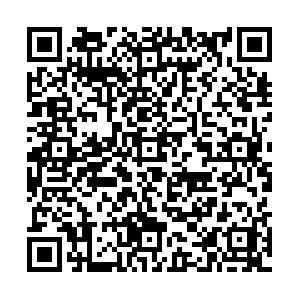Abstract:
With the widespread application of low-altitude drones, real-time detection of such slow and small targets is crucial for maintaining public safety. Traditional cameras capture image frames with a fixed exposure time, which makes it challenging to adapt to changes in lighting conditions, resulting in the detection of blind spots in intense light and other scenes. Event cameras, as a new type of neuromorphic sensor, sense differences in external brightness changes pixel by pixel. They can still generate high-frequency sparse event data under complex lighting conditions. In response to the difficulty of adapting image-based detection methods to sparse and irregular data from event cameras, this paper models the two-dimensional object detection task as a semantic segmentation task in a three-dimensional spatiotemporal point cloud and proposes a drone object segmentation model based on dual-view fusion. Based on the event camera collecting accurate drone detection datasets, the experimental results show that the proposed method has the optimal detection performance while ensuring real-time performance, achieving stable detection of drone targets.


 E-mail Alert
E-mail Alert RSS
RSS


